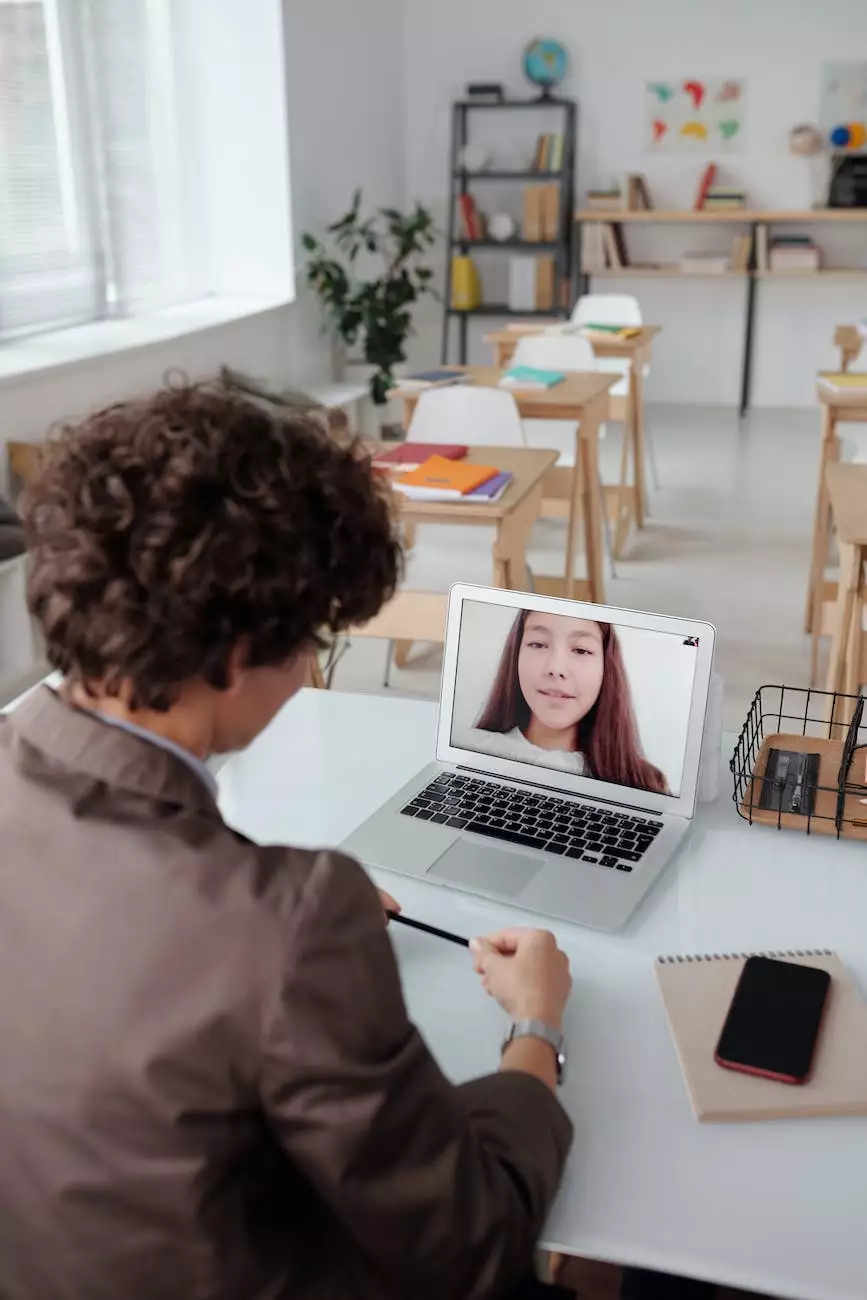What is Flipped Learning?
Blog
The Concept of Flipped Learning
Flipped Learning, also known as the flipped classroom approach, is a teaching method that has gained popularity in recent years. It involves reversing the traditional educational model by delivering instructional content outside of the classroom, typically through online videos, and using in-person class time for interactive activities and discussions.
At Los Angeles Spanish School, we believe in the power of Flipped Learning to enhance language education and engage students in a more meaningful way. In this comprehensive guide, we will explore the principles, benefits, and implementation strategies associated with Flipped Learning in language classrooms.
Principles of Flipped Learning
Flipped Learning is built upon a few key principles that aim to optimize the learning experience:
1. Pre-learning
One of the core elements of Flipped Learning is the concept of pre-learning. Students are encouraged to access pre-recorded video lectures or multimedia resources before coming to class. This enables them to grasp foundational knowledge at their own pace, allowing for more productive in-class activities.
2. In-class Collaborative Activities
The face-to-face class time in a Flipped Learning model is utilized for interactive and collaborative activities. Instead of traditional lectures, students engage in discussions, problem-solving tasks, group projects, and hands-on learning experiences. This fosters active participation and deeper understanding of the subject matter.
3. Individualized Learning
In a Flipped Learning environment, students have the freedom to learn at their own pace, catering to their individual needs and learning styles. They can pause, rewind, or revisit video lessons as needed, ensuring a tailored learning experience for each student.
The Benefits of Flipped Learning in Language Education
Implementing Flipped Learning in language education offers numerous advantages for both students and educators:
1. Enhanced Engagement and Participation
Flipped Learning encourages active participation and engagement. By shifting focus from passive listening to interactive activities, students become more motivated and involved in the learning process. This leads to a deeper understanding of the language and increased retention of information.
2. Personalized Learning Experience
With Flipped Learning, students have the flexibility to learn at their own pace and revisit difficult concepts. This individualized approach fosters a supportive and empowering environment, catering to the unique needs and abilities of each student. It promotes autonomy and encourages self-directed learning.
3. Deeper Language Comprehension
By utilizing class time for interactive activities and discussions, Flipped Learning enables students to apply their knowledge in real-life situations. This hands-on approach enhances language comprehension, promotes critical thinking, and improves communication skills.
4. Efficient Use of In-class Time
Traditional classroom lectures can be time-consuming and may not cater to the diverse learning needs of students. Flipped Learning optimizes in-person class time by focusing on collaborative activities and providing individual support where needed. This maximizes productivity and allows for a more dynamic learning experience.
Implementation Strategies for Flipped Learning in Language Classrooms
Integrating Flipped Learning into language classrooms requires careful planning and implementation. Here are some strategies to successfully incorporate this approach in your teaching:
1. Curate High-Quality Online Resources
Choose or create high-quality online resources, such as video lectures or interactive multimedia, to deliver content outside of the classroom. Ensure that the resources are accessible to students and align with the language curriculum objectives.
2. Provide Clear Instructions and Expectations
Communicate clear instructions and expectations to students regarding pre-learning activities. Clearly outline the topics to be covered in the videos or online materials and provide guidelines on how students can engage with the content effectively.
3. Use In-class Activities for Application
Design interactive activities that allow students to apply the knowledge gained through pre-learning. Language games, discussions, role-plays, and collaborative projects are effective ways to engage students in active learning and reinforce language skills.
4. Foster a Supportive Learning Environment
Create a supportive and inclusive classroom environment where students feel comfortable asking questions, seeking clarification, and collaborating with their peers. Encourage open dialogue and provide timely feedback to facilitate their language learning journey.
5. Monitor and Assess Progress
Regularly monitor and assess students' progress to ensure the effectiveness of the Flipped Learning approach. Use formative assessments, quizzes, or interactive assignments to gauge their understanding and address any areas of difficulty.
By implementing Flipped Learning in language education, Los Angeles Spanish School aims to revolutionize the way language learning takes place. We are committed to providing educators with valuable insights, resources, and support to help them enhance their teaching practices and empower their students.
Discover the benefits of Flipped Learning and join us on this transformative journey towards a more engaging and effective language learning experience.




